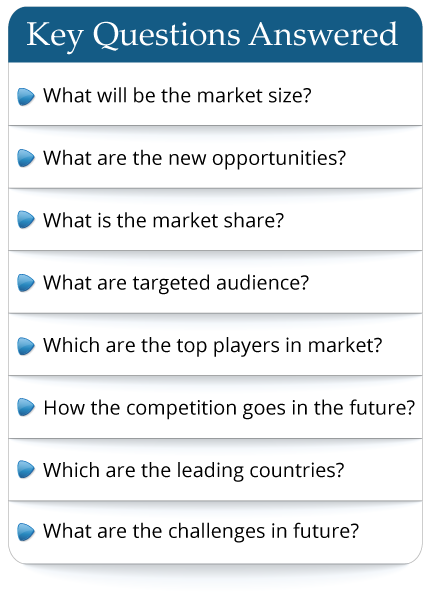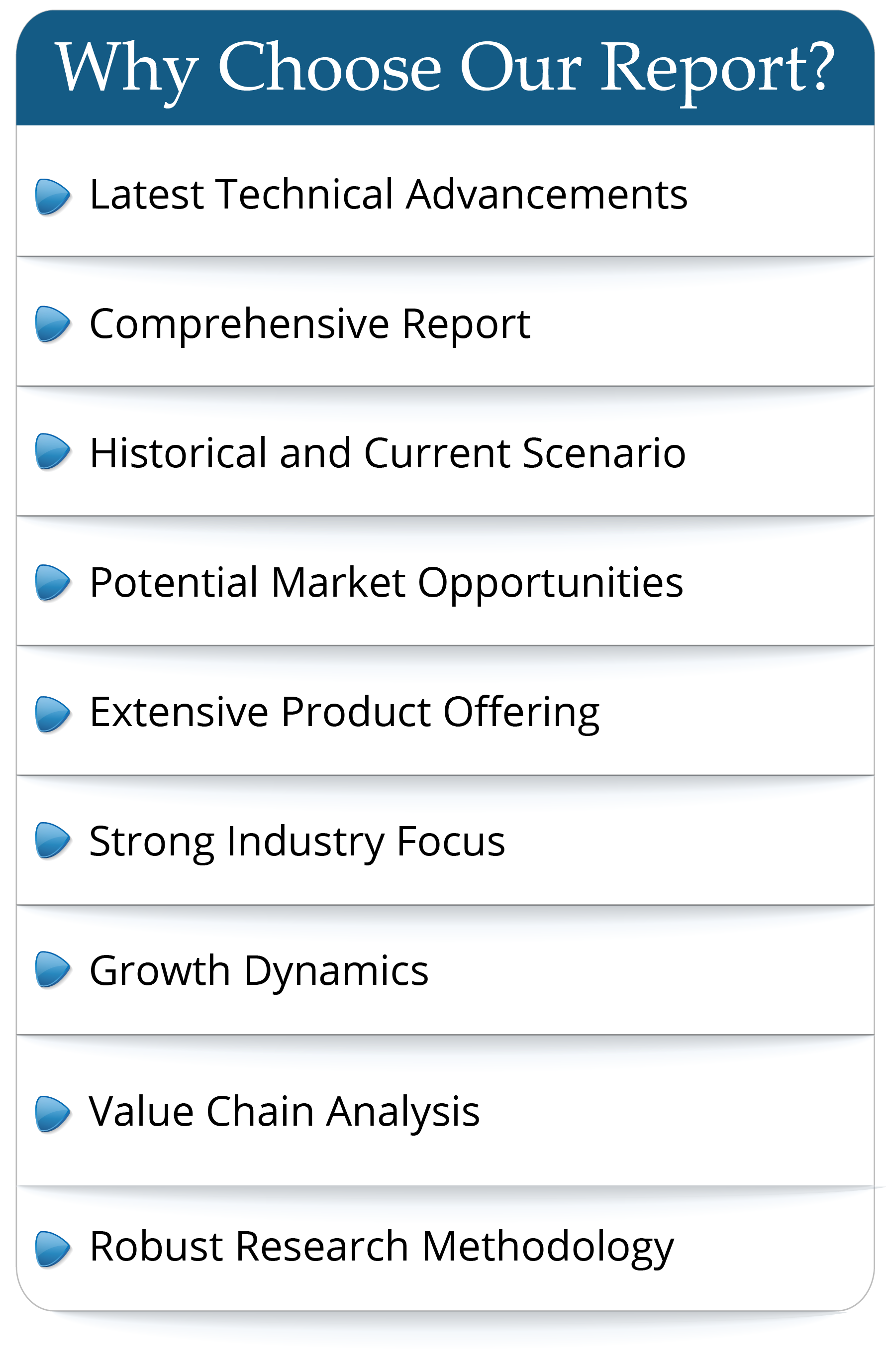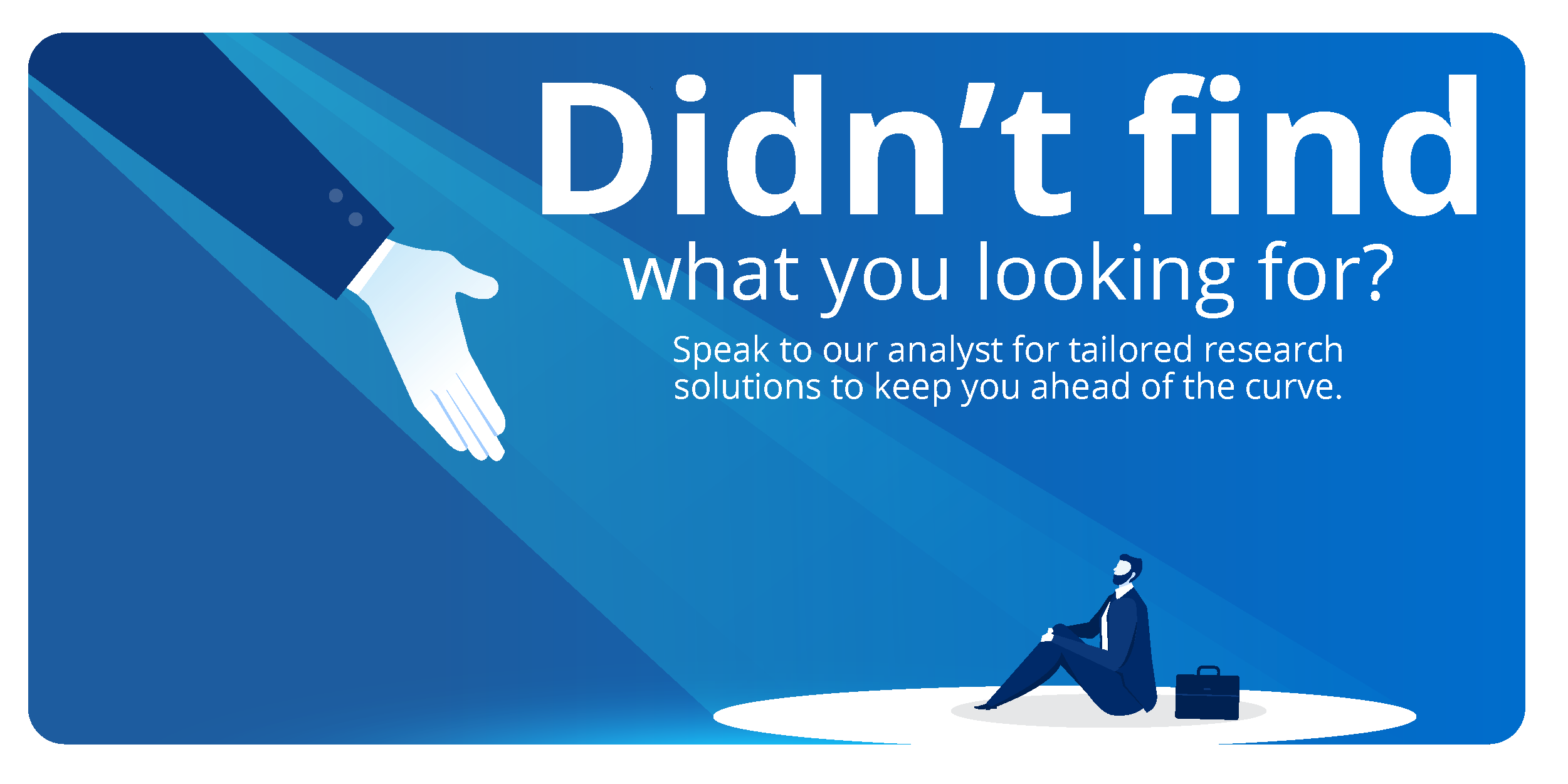Anti-Acne Cosmetics is a kind of Cosmetics for Acne persons, including products like Anti-acne skin care facial cleansers, moisturizers, emulsion, toners, masks, and spot treatments to heal and etc.
Scope of the Report:
The global anti-acne cosmetics sales is estimated to reach about 161 M Units by the end of 2017, which is expected to reach 193.3 M Units in 2022. Overall, the anti-acne cosmetics products performance is positive with the current environment status.
Currently, there are many players in anti-acne cosmetics market. The main market players internationally are Clinique, Proactiv, Murad, Neutrogena, Ancalima Lifesciences Ltd, Vichy, La Roche-Posay, Mentholatum, Kose, Doctor Li and etc. Brands like Kiehl's, Pond’s, Cetaphil and some others are also playing important roles in anti-acne cosmetics industry. The market is not so concentrated for now and is seeing to be more dispersed.
Europe is the biggest production areas for anti-acne cosmetics, taking about 37.42% market share in 2016 (based on revenue). Japan followed the second, with about 24.69% market share (based on revenue in 2016). In Consumption market, sales of anti-acne cosmetics in China will increase to be 49.7 M Units in 2017 from 40.0 M Units in 2012, which is the biggest consumption area in current market pattern. Europe ranks the second largest consumption area, with sales volume and market share of 40.3 M Units and 25.92% in 2016.
There are many different types of anti-acne cosmetics. Based on basic active ingredients, the market can be segmented into: Salicylic acid, Benzoyl peroxide and all natural ingredients. Salicylic acid and Benzoyl peroxide are the most commonly used and efficient types. Women are the largest consumer group, with consumption market share of 62.19% in 2016.
In the past few years, the price of anti-acne cosmetics show a slightly decreasing trend and we expect the price may keep the trend in a short period. However, as the improvement of energy, transportation costs, employee wages, and equipment depreciation will play a significant role in promoting the cost of anti-acne cosmetics. Therefore, to some extent, the companies are facing a risk of profit decline.
There are companies adding capacities and aiming at the cost and quality leadership which shall improve profitability. At the same time, companies are focusing on technological innovation, equipment upgrades, and process improvements, to reduce costs and improve quality. The total competition market for anti-acne cosmetics will become more intense, while the market is going to be more concentrated for high end anti-acne cosmetics.
The worldwide market for Anti Acne Cosmetics is expected to grow at a CAGR of roughly 3.9% over the next five years, will reach 3010 million US$ in 2024, from 2390 million US$ in 2019, according to a new study.
This report focuses on the Anti Acne Cosmetics in global market, especially in North America, Europe and Asia-Pacific, South America, Middle East and Africa. This report categorizes the market based on manufacturers, regions, type and application.
Market Segment by Manufacturers, this report covers
Clinique
Proactiv
Murad
Neutrogena
Ancalima Lifesciences Ltd
Vichy
LaRochPosay
Mentholatum
Kose
DoctorLi
Market Segment by Regions, regional analysis covers
North America (United States, Canada and Mexico)
Europe (Germany, France, UK, Russia and Italy)
Asia-Pacific (China, Japan, Korea, India and Southeast Asia)
South America (Brazil, Argentina, Colombia etc.)
Middle East and Africa (Saudi Arabia, UAE, Egypt, Nigeria and South Africa)
Market Segment by Type, covers
Mask
Emulsion
Cleanser
Others
Market Segment by Applications, can be divided into
Women
Men
The content of the study subjects, includes a total of 15 chapters:
Chapter 1, to describe Anti Acne Cosmetics product scope, market overview, market opportunities, market driving force and market risks.
Chapter 2, to profile the top manufacturers of Anti Acne Cosmetics, with price, sales, revenue and global market share of Anti Acne Cosmetics in 2017 and 2018.
Chapter 3, the Anti Acne Cosmetics competitive situation, sales, revenue and global market share of top manufacturers are analyzed emphatically by landscape contrast.
Chapter 4, the Anti Acne Cosmetics breakdown data are shown at the regional level, to show the sales, revenue and growth by regions, from 2014 to 2019.
Chapter 5, 6, 7, 8 and 9, to break the sales data at the country level, with sales, revenue and market share for key countries in the world, from 2014 to 2019.
Chapter 10 and 11, to segment the sales by type and application, with sales market share and growth rate by type, application, from 2014 to 2019.
Chapter 12, Anti Acne Cosmetics market forecast, by regions, type and application, with sales and revenue, from 2019 to 2024.
Chapter 13, 14 and 15, to describe Anti Acne Cosmetics sales channel, distributors, customers, research findings and conclusion, appendix and data source.
Scope of the Report:
The global anti-acne cosmetics sales is estimated to reach about 161 M Units by the end of 2017, which is expected to reach 193.3 M Units in 2022. Overall, the anti-acne cosmetics products performance is positive with the current environment status.
Currently, there are many players in anti-acne cosmetics market. The main market players internationally are Clinique, Proactiv, Murad, Neutrogena, Ancalima Lifesciences Ltd, Vichy, La Roche-Posay, Mentholatum, Kose, Doctor Li and etc. Brands like Kiehl's, Pond’s, Cetaphil and some others are also playing important roles in anti-acne cosmetics industry. The market is not so concentrated for now and is seeing to be more dispersed.
Europe is the biggest production areas for anti-acne cosmetics, taking about 37.42% market share in 2016 (based on revenue). Japan followed the second, with about 24.69% market share (based on revenue in 2016). In Consumption market, sales of anti-acne cosmetics in China will increase to be 49.7 M Units in 2017 from 40.0 M Units in 2012, which is the biggest consumption area in current market pattern. Europe ranks the second largest consumption area, with sales volume and market share of 40.3 M Units and 25.92% in 2016.
There are many different types of anti-acne cosmetics. Based on basic active ingredients, the market can be segmented into: Salicylic acid, Benzoyl peroxide and all natural ingredients. Salicylic acid and Benzoyl peroxide are the most commonly used and efficient types. Women are the largest consumer group, with consumption market share of 62.19% in 2016.
In the past few years, the price of anti-acne cosmetics show a slightly decreasing trend and we expect the price may keep the trend in a short period. However, as the improvement of energy, transportation costs, employee wages, and equipment depreciation will play a significant role in promoting the cost of anti-acne cosmetics. Therefore, to some extent, the companies are facing a risk of profit decline.
There are companies adding capacities and aiming at the cost and quality leadership which shall improve profitability. At the same time, companies are focusing on technological innovation, equipment upgrades, and process improvements, to reduce costs and improve quality. The total competition market for anti-acne cosmetics will become more intense, while the market is going to be more concentrated for high end anti-acne cosmetics.
The worldwide market for Anti Acne Cosmetics is expected to grow at a CAGR of roughly 3.9% over the next five years, will reach 3010 million US$ in 2024, from 2390 million US$ in 2019, according to a new study.
This report focuses on the Anti Acne Cosmetics in global market, especially in North America, Europe and Asia-Pacific, South America, Middle East and Africa. This report categorizes the market based on manufacturers, regions, type and application.
Market Segment by Manufacturers, this report covers
Clinique
Proactiv
Murad
Neutrogena
Ancalima Lifesciences Ltd
Vichy
LaRochPosay
Mentholatum
Kose
DoctorLi
Market Segment by Regions, regional analysis covers
North America (United States, Canada and Mexico)
Europe (Germany, France, UK, Russia and Italy)
Asia-Pacific (China, Japan, Korea, India and Southeast Asia)
South America (Brazil, Argentina, Colombia etc.)
Middle East and Africa (Saudi Arabia, UAE, Egypt, Nigeria and South Africa)
Market Segment by Type, covers
Mask
Emulsion
Cleanser
Others
Market Segment by Applications, can be divided into
Women
Men
The content of the study subjects, includes a total of 15 chapters:
Chapter 1, to describe Anti Acne Cosmetics product scope, market overview, market opportunities, market driving force and market risks.
Chapter 2, to profile the top manufacturers of Anti Acne Cosmetics, with price, sales, revenue and global market share of Anti Acne Cosmetics in 2017 and 2018.
Chapter 3, the Anti Acne Cosmetics competitive situation, sales, revenue and global market share of top manufacturers are analyzed emphatically by landscape contrast.
Chapter 4, the Anti Acne Cosmetics breakdown data are shown at the regional level, to show the sales, revenue and growth by regions, from 2014 to 2019.
Chapter 5, 6, 7, 8 and 9, to break the sales data at the country level, with sales, revenue and market share for key countries in the world, from 2014 to 2019.
Chapter 10 and 11, to segment the sales by type and application, with sales market share and growth rate by type, application, from 2014 to 2019.
Chapter 12, Anti Acne Cosmetics market forecast, by regions, type and application, with sales and revenue, from 2019 to 2024.
Chapter 13, 14 and 15, to describe Anti Acne Cosmetics sales channel, distributors, customers, research findings and conclusion, appendix and data source.
Frequently Asked Questions
This market study covers the global and regional market with an in-depth analysis of the overall growth prospects in the market. Furthermore, it sheds light on the comprehensive competitive landscape of the global market. The report further offers a dashboard overview of leading companies encompassing their successful marketing strategies, market contribution, recent developments in both historic and present contexts.
- By product type
- By End User/Applications
- By Technology
- By Region
The report provides a detailed evaluation of the market by highlighting information on different aspects which include drivers, restraints, opportunities, and threats. This information can help stakeholders to make appropriate decisions before investing.

 Pre-order Enquiry
Pre-order Enquiry Request Free Sample
Request Free Sample












